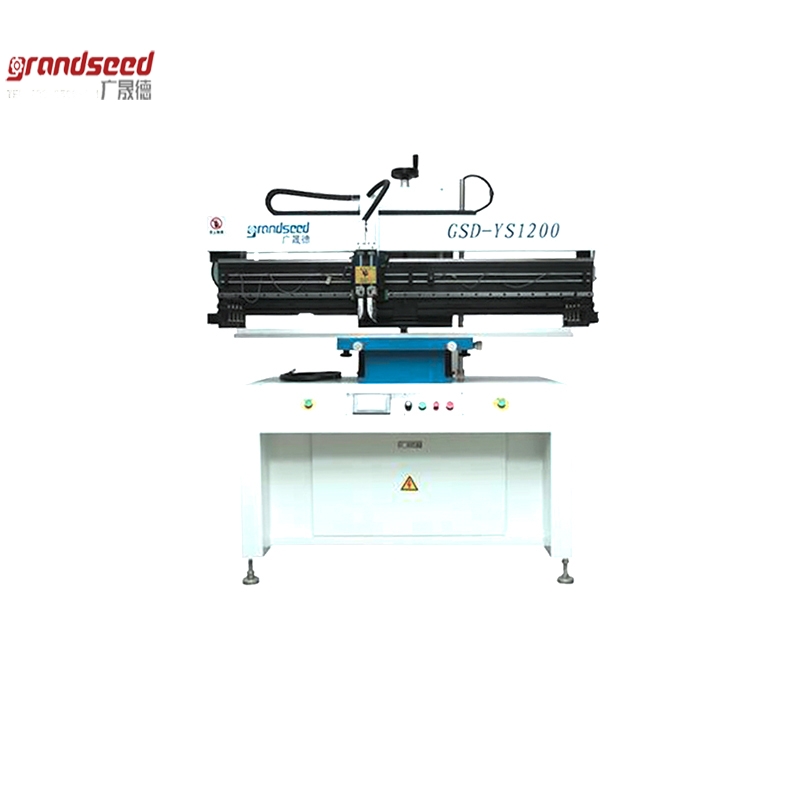Exploring Reflow Oven Innovations for Lead-Free Solder

The solder is used in a lot of the electronics we use nowadays, like phones for example or computers. Reflow Oven Sometimes Use in soldering process Solder is molten with these special ovens; a metal used to connect various sections of an electronic device. smt equipment for sale these ovens used solder with lead which is equally hazardous to the environment. But with greater societal emphasis on preserving our planet, more switch to lead-free solder. This changing paradigm is responsible for the development of novel reflow oven designs that are suitable to lead-free solder operation. So, shall we new ideas and innovations to the world of UI development.
SMT New Reflow Ovens
The reflow ovens of yesteryear used to employ conduction heating for solder melt. For example, in conduction heating this would be a surface that is heated ( like an electric hot plate). While this method works, sometimes it leads to issues of some parts on the board not getting heated up enough. This can develop a temporary weak connection of the components. Newer reflow ovens, on the other hand employ a technique called convection heating. This type of smt equipment method is called convection where heat spreads all over the oven by using fans that rotate air This helps in equally spreading the heat all across the board. And it makes the connections between things even stronger and more reliable because there's a much smoother distribution of heat.
Lead-Free Solder: Temperature Tuning
Another challenge in using lead-free solder lets talk about it next. It takes a hot iron to melt this type of solder, as it has higher melting temperatures than traditional leaded solders. This is why we need to carefully ad the temperature in reflow oven so that it can be controlled at a certain range. If it is too high, there may be permanent damage to the sensitive parts on the board (microprocessors or memory chips). This is very important, in the case of smt electronics pick and place machine that must function perfectly. Fortunately, current reflow ovens have an extraordinary ability to establish precise temperature settings. With lead-free solder, this accuracy is essential to keep your board safe and for it make proper connections.
Conveyor System - this is another vital section of a reflow oven. Conveyor System: the one that moves and heats up board ensuring even heating throughout oven The effectiveness of soldering is also very much influenced by the construction of this system. Previously, a belt conveyor system had been used with traditional ovens, but this often resulted in uneven heating and neighboring soldering outcomes. The chain conveyor system is the standard on newer ovens. This system provides more control over the speed with which a board is moving in and out of an oven. Manufacturers can get more control over the conveyor speed resulting in even heat applied across the board for longer and shorter times of heating throughout all the soldering.
Advantages of Convection Reflow Ovens
As we wrote in a previous column about when convection reflow ovens are better than traditional conduction ovens. Nice, because convection ovens distribute heat more gleefully across the board. They have a steady state for the temperature during all soldering process also. That way the solder will melt properly and good connections can be achieved, providing more end up becoming better quality results or fewer faults between them. They are also more energy efficient than older traditional ovens. Not only is that good for the environment, but it can save manufacturers money in lower energy use.
Advanced Soldering with Nitrogen
Another cool technology that I wanted to talk about is nitrogen-enhanced soldering. Solder Paste Dispensing is a newer and trending dispensing method with in the electronics manufacturing sector. It works by using nitrogen gas in the reflow oven to maintain an oxidation-preventing atmosphere during soldering. This will deteriorate the quality of soldering connections as oxidation does its thing. Nitrogen can be used to improve the soldering quality of patch mounts and reduce final product defects in factories. Note: Nitrogen is also used, and this allows the reflow ovens to be at a lower temperature which means less prone to damage for sensitive electronic components while heating up due to manual soldering.
There are myriad innovations taking place in the reflow ovens for lead free soldering. The transition from conduction heating and soldering has occurred, to now more widespread use of nitrogen gas for improved solder results. To produce more environmentally friendly electronics, manufacturers are always discovering new solutions. Although some of these may be sophisticated or difficult concepts for many readers to grasp, it is important and should serve as the basis even for young listeners. As we all come together to learn more about these new technologies, the cooperation between us will ensure a brighter and greener future for Electronics globally.
Comments
Post a Comment